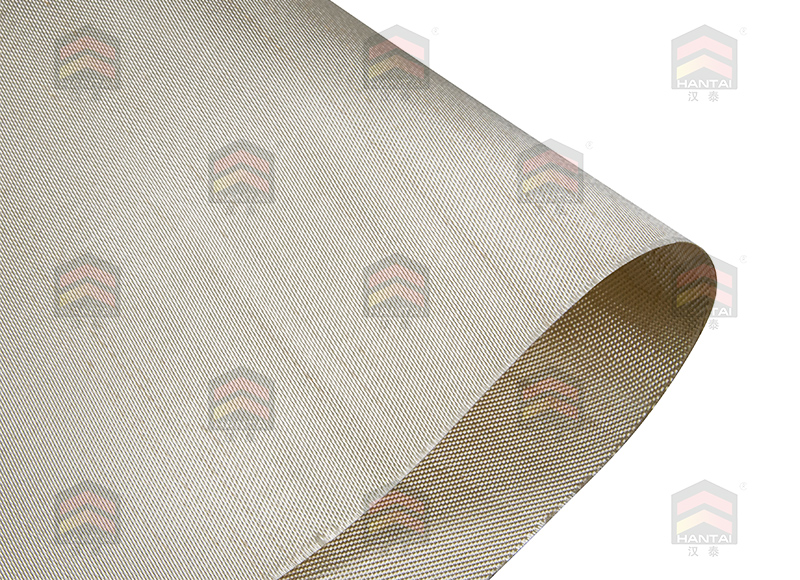
Fire is one of the threats that can not be ignored in modern buildings. In order to reduce the loss of fire and ensure the safety of the public, all kinds of fireproof materials have been widely used in people's living environment. Among them, flame retardant cloth, because it can be used as decoration material in decoration, and can be used as appearance material of all kinds of furniture, has become one of the most important flame retardant materials.

The main raw material of fireproof cloth is glass fiber. Glass fiber is a kind of fibrous lightweight refractory material with the advantages of light weight, high temperature resistance, good thermal stability, low thermal conductivity, small specific heat and mechanical vibration resistance. Therefore, it has been widely used in machinery, metallurgy, chemical industry, petroleum, transportation, shipping, electronics and light industry, Its application in aerospace, atomic energy and other advanced science and technology departments is also increasing, and its development prospect is very promising.
The existing flame-retardant fabric is composed of a bottom layer fabric and a surface layer fabric. The bottom layer fabric is a plain woven or knitted base fabric with no flame-retardant effect of man-made fiber, natural fiber or a blend of man-made fiber and natural fiber. It uses post-processing methods such as soaking or coating to produce flame-retardant effect. The surface layer fabric is a cloth or artificial leather with ornamental value, Such as suede cloth and other materials, and then the use of flame retardant effect.
The bottom cloth and the surface fabric are bonded by an adhesive, and the flame retardant cloth formed by the bottom cloth and the surface fabric has a flame retardant effect through the flame retardant adhesive. The flame retardant effect of the existing flame retardant cloth comes from the flame retardant adhesive and the soaking or coating of the post-treatment process, that is, it achieves the flame retardant effect through the addition of flame retardant, so the flame retardant effect will gradually fade, and it does not have the permanent flame retardant effect, so it is difficult to meet the needs of users.
A kind of fireproof cloth with permanent flame retardancy has the characteristics of non melting drop, non melting and direct carbonization to form a barrier layer, and meets the demand that the fabric does not have fireproof characteristics, but has fireproof characteristics after combination. The bottom layer cloth is composed of yarn spun from fireproof man-made fiber; Surface fabric; The combining agent is used for bonding the bottom cloth and the surface layer line; Surface fabric; Combining agent for bonding the bottom cloth and the surface fabric.